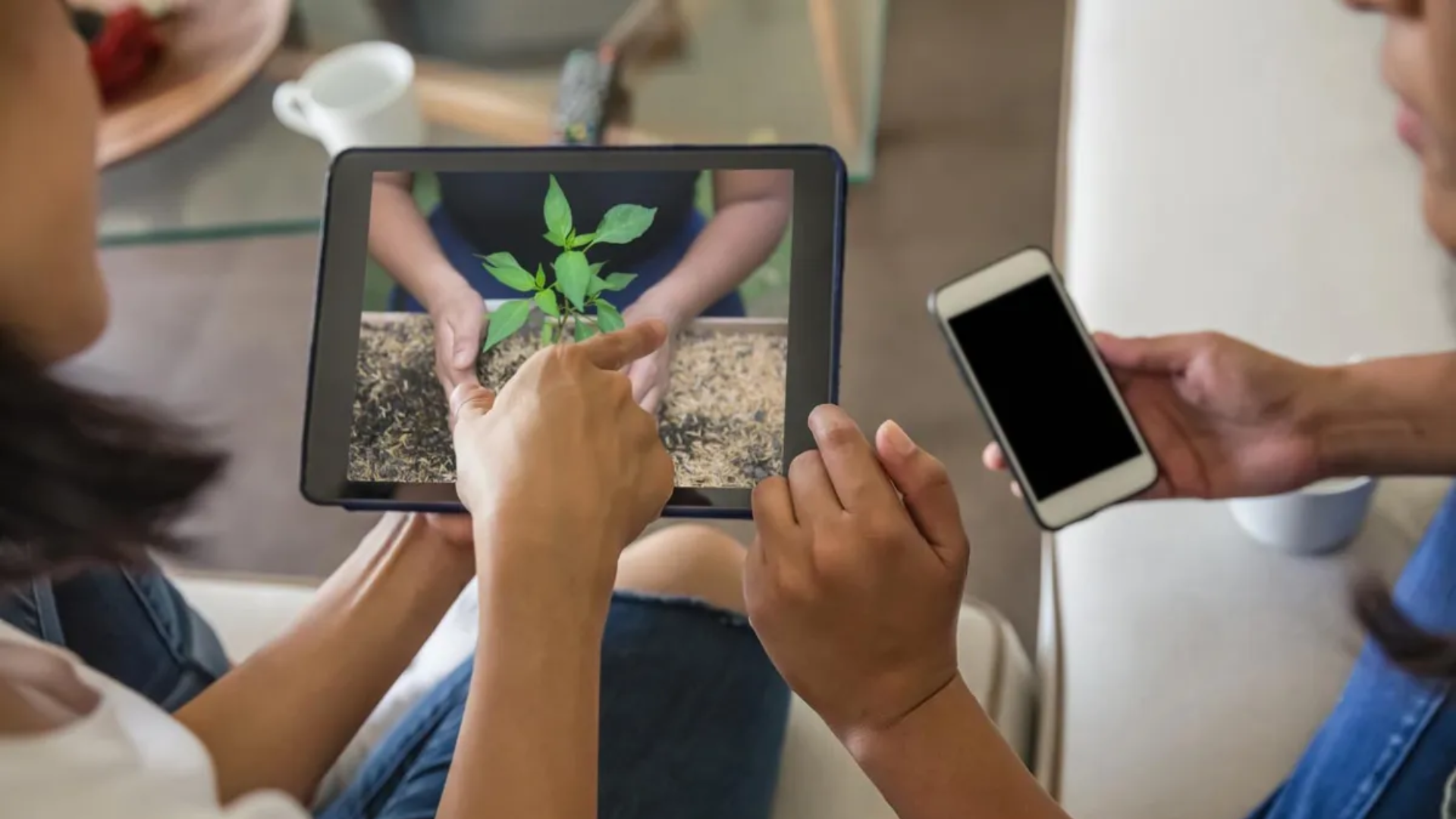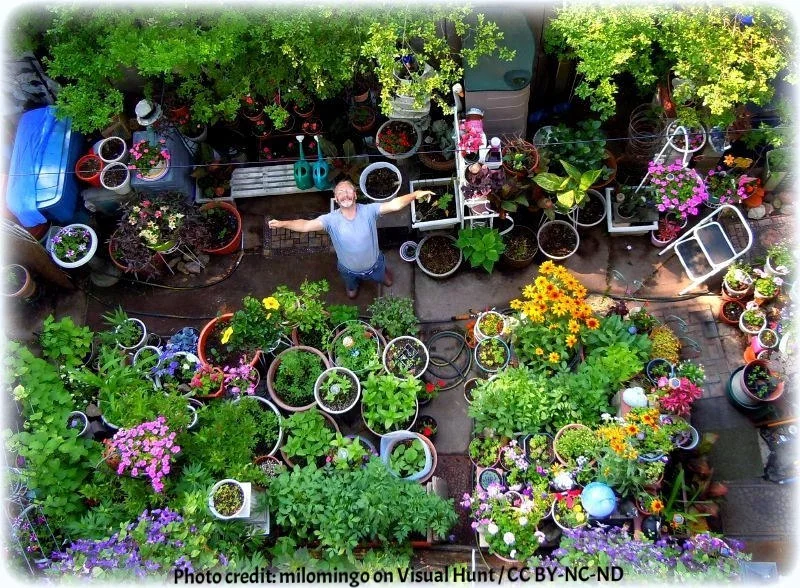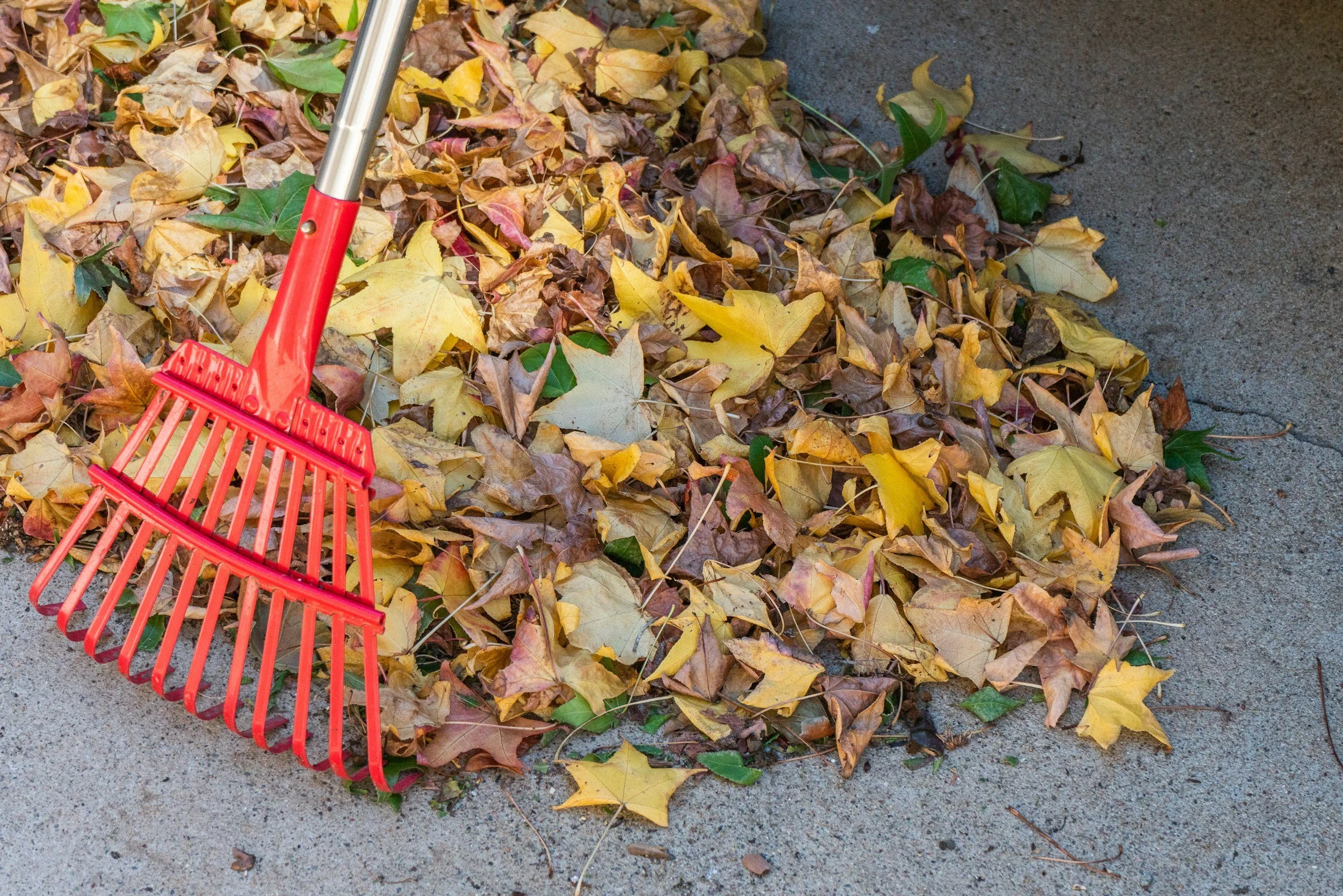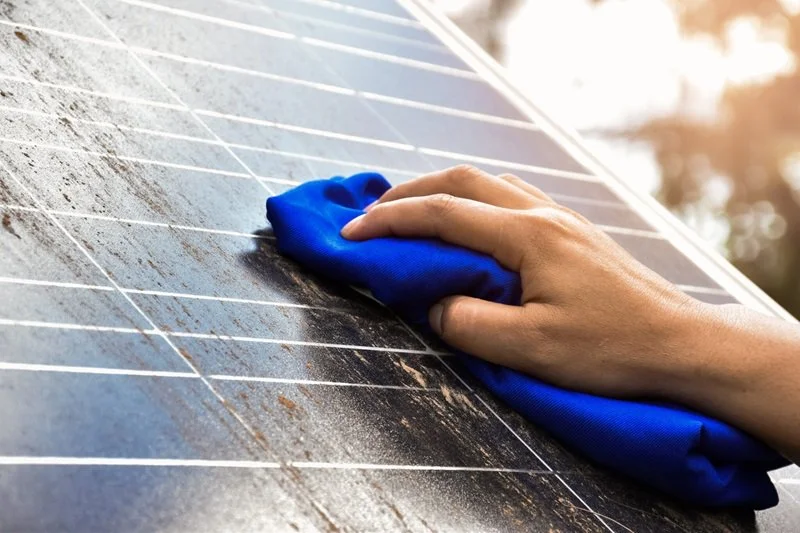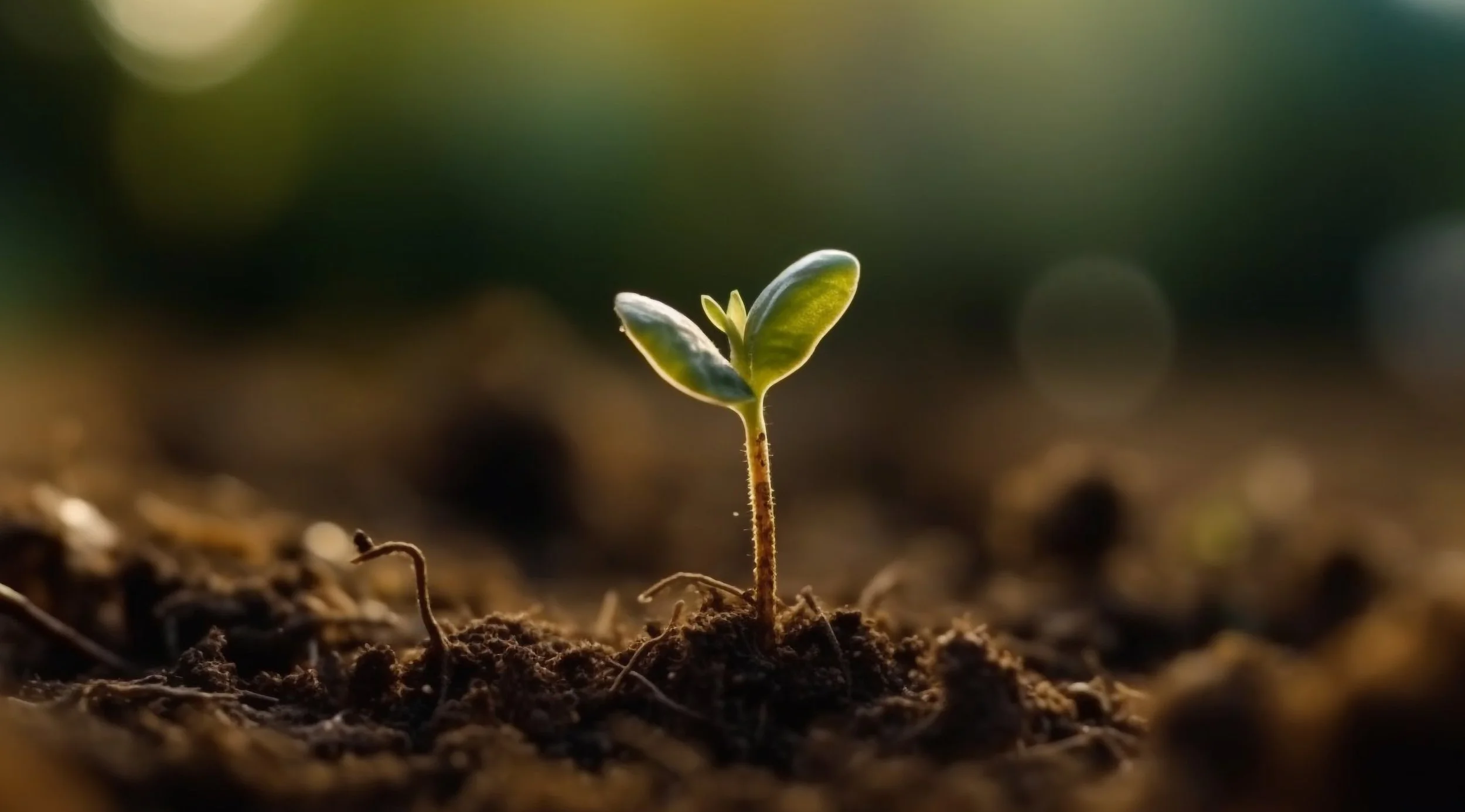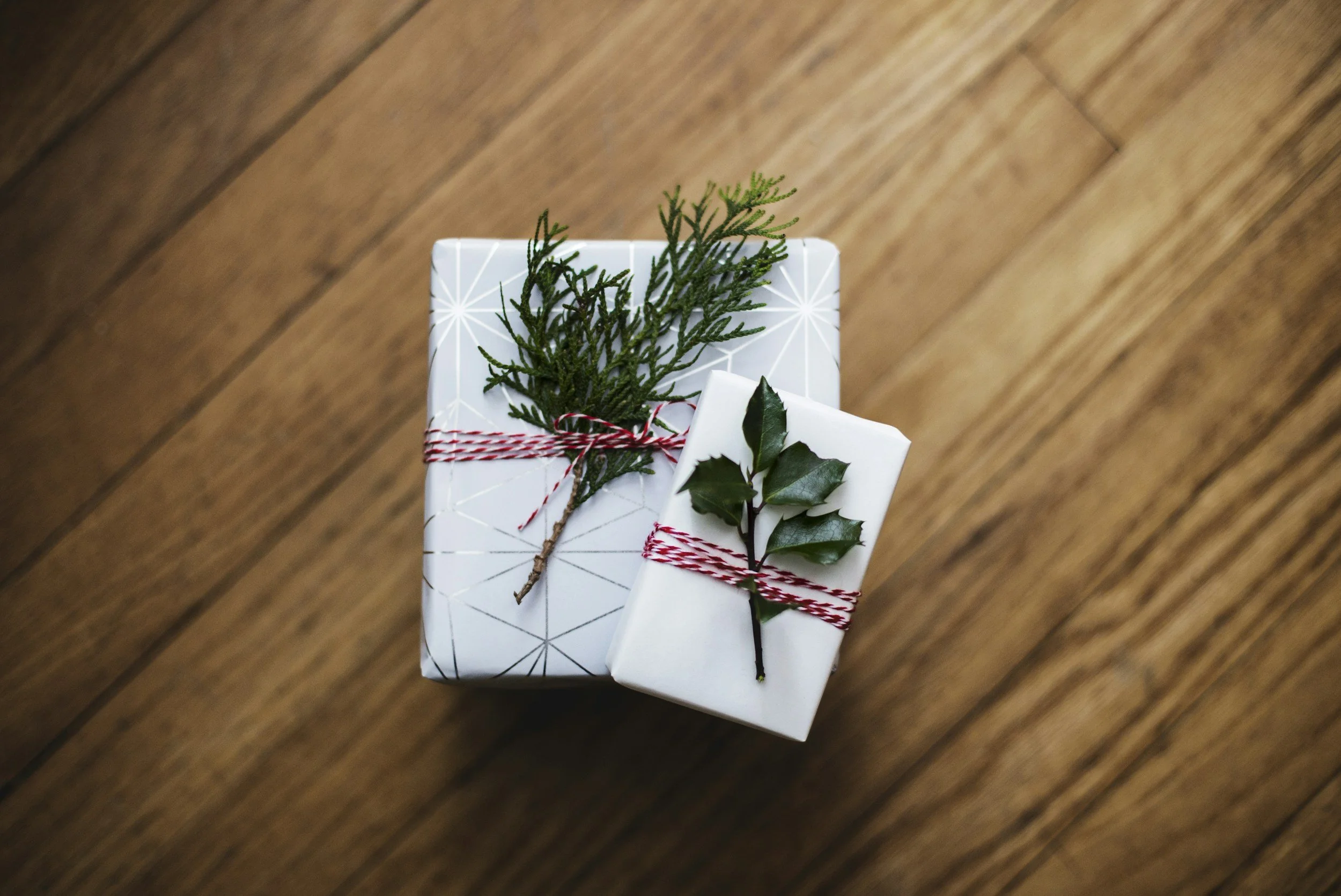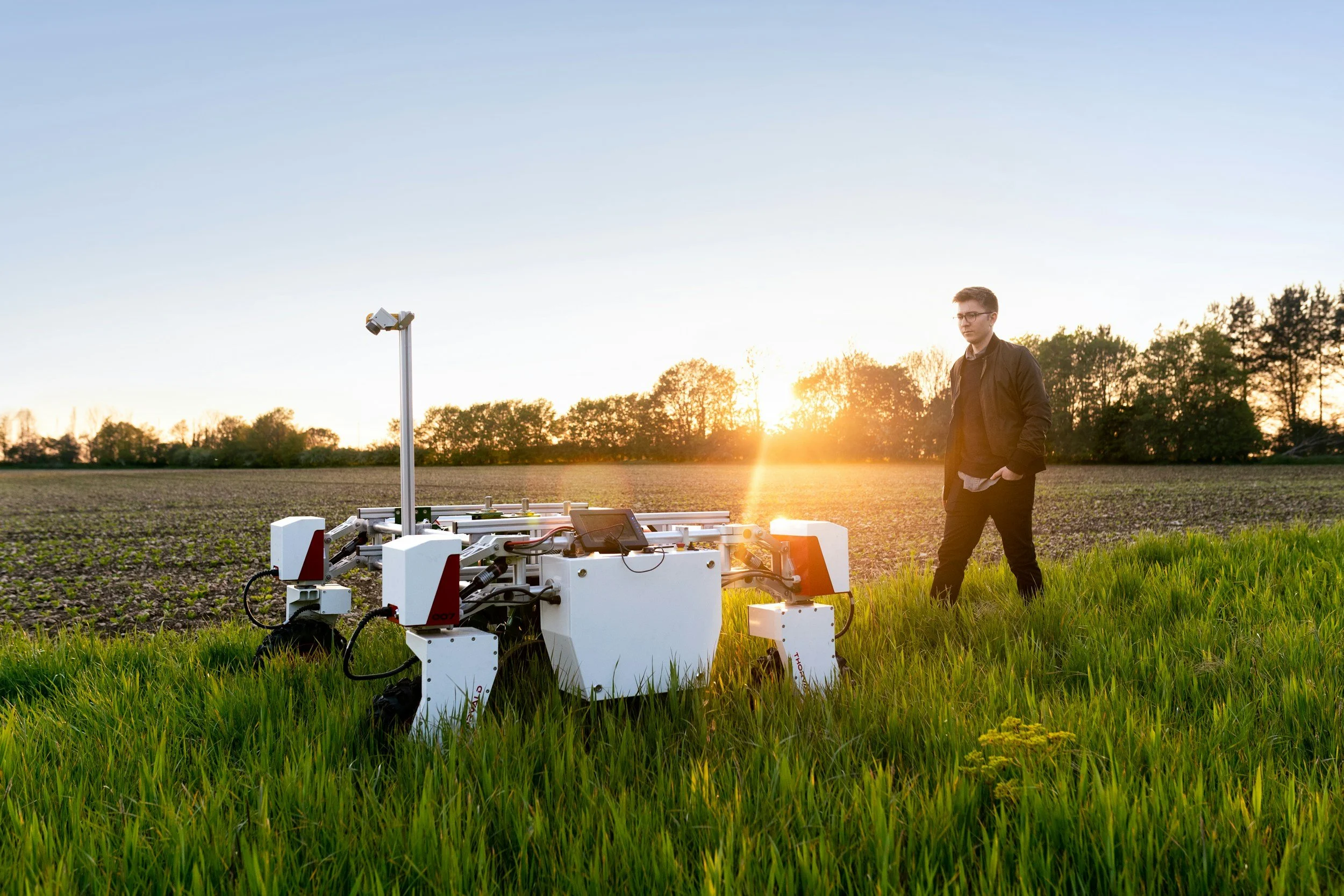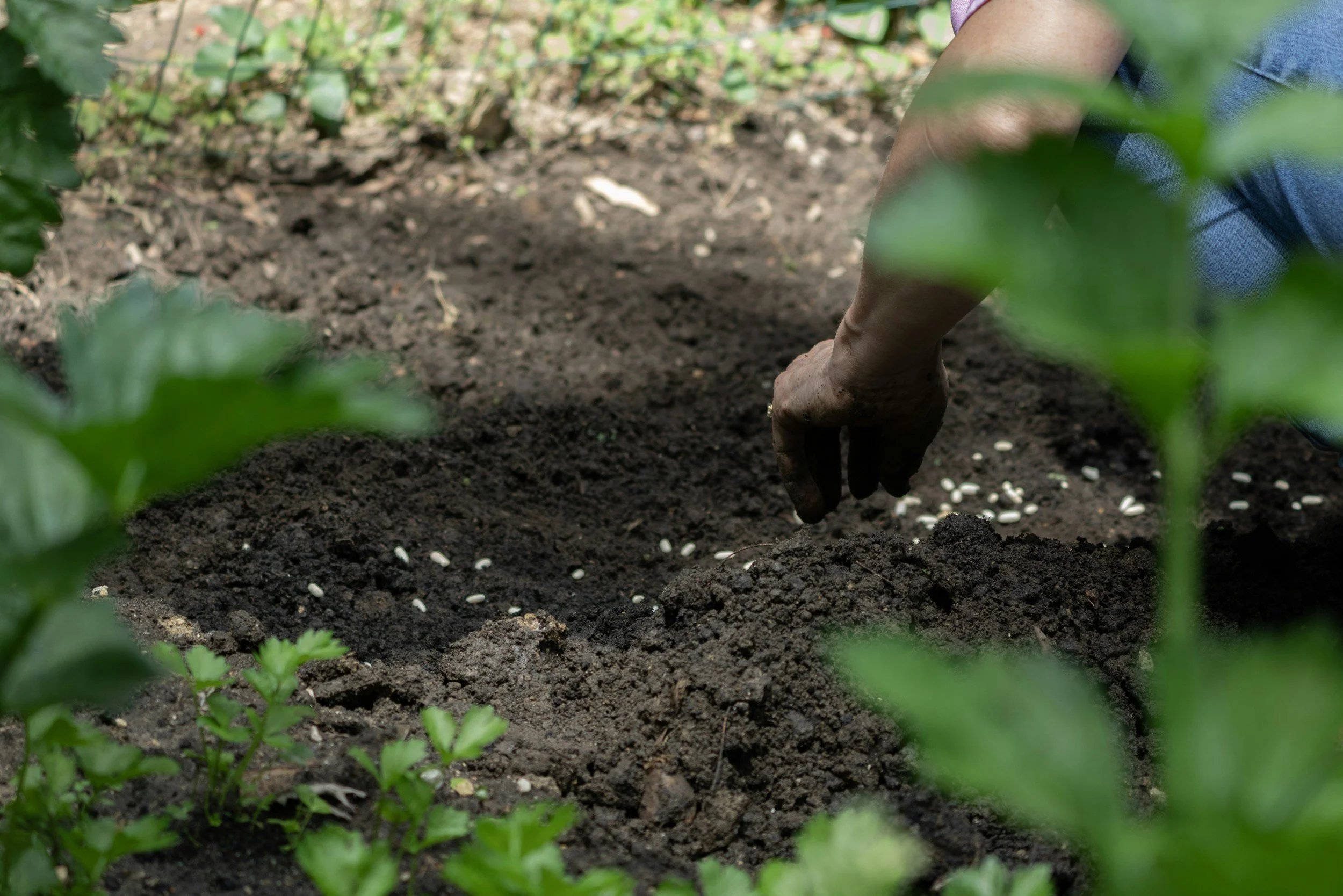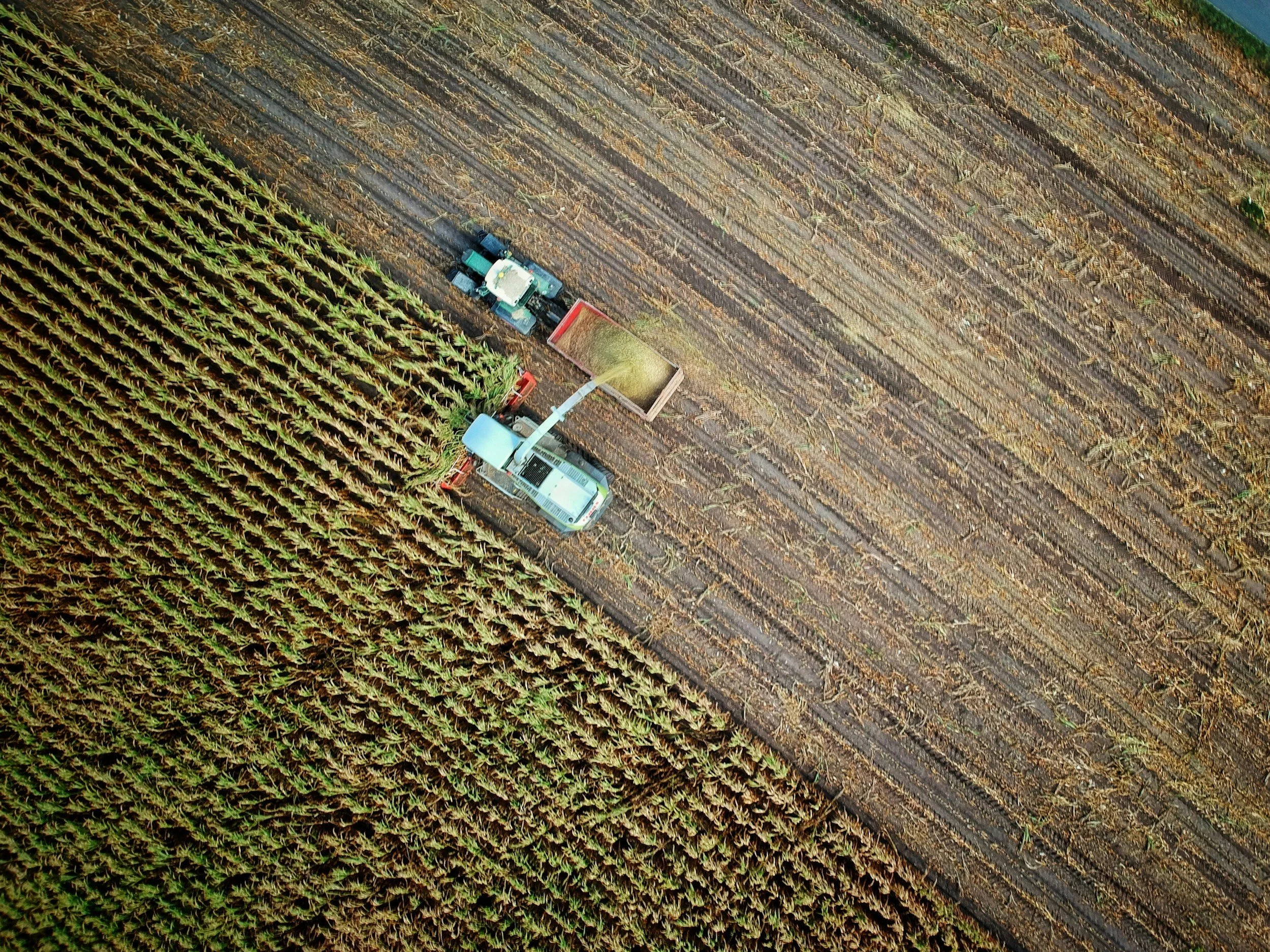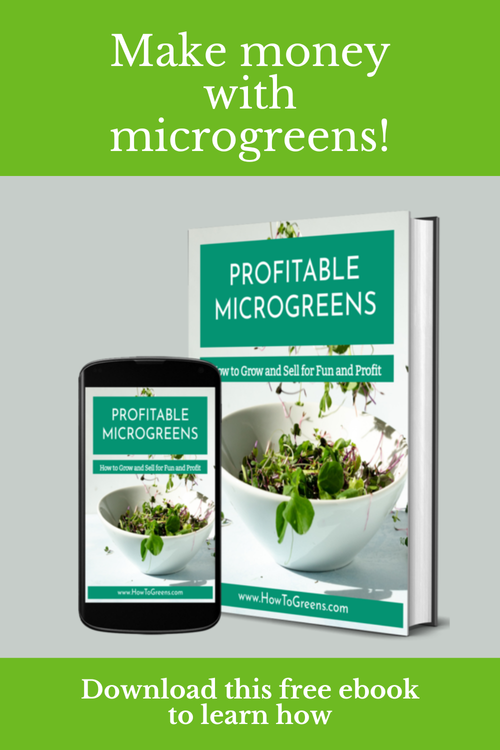How Online Gardening Courses Can Help You Become a Better Gardener
/Gardening is a wonderful passion to have, offering numerous benefits for both your physical and mental health. Aside from these benefits, it’s a skill that can feed you and your family, enhance the aesthetic appeal of your home, and bring joy. Many people want to garden but lack the knowledge to know where to begin, while others have tried but failed to achieve the results they were looking for. This is where online gardening courses come in: they can help you to get started or improve your skills so that you can spend more time enjoying the fruits of your labor (literally!) and less time struggling to make things work.
Read More



